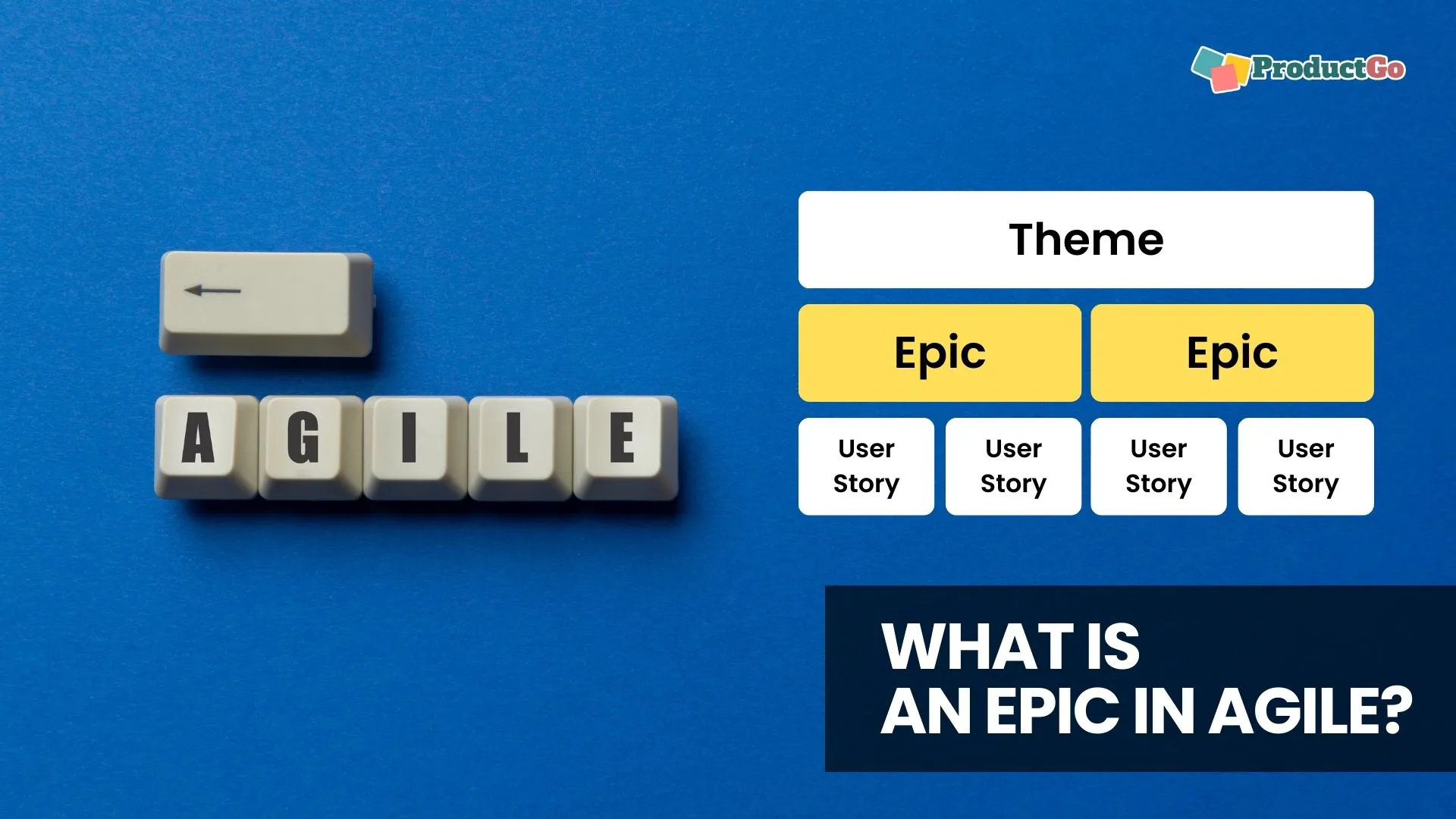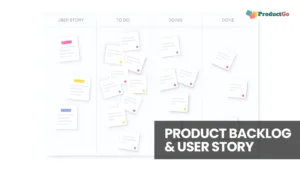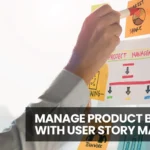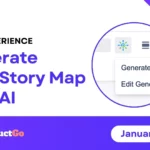Table of Contents
What Is an Epic?
In agile methodology, an Epic is a large body of work that can be broken down into smaller tasks or stories. Epics are used to manage and plan projects at a higher level of abstraction, usually representing a significant feature or requirement that cannot be completed within a single iteration or sprint.
How Does an Epic Fit Into Agile Development?
In the world of Agile development, think of Epics as big ideas or major goals that guide our project’s journey. These Epics aren’t just any ordinary tasks; they’re like the big dreams that align with our project’s vision and purpose. They help us plan our path forward, like drawing a roadmap for our adventure.
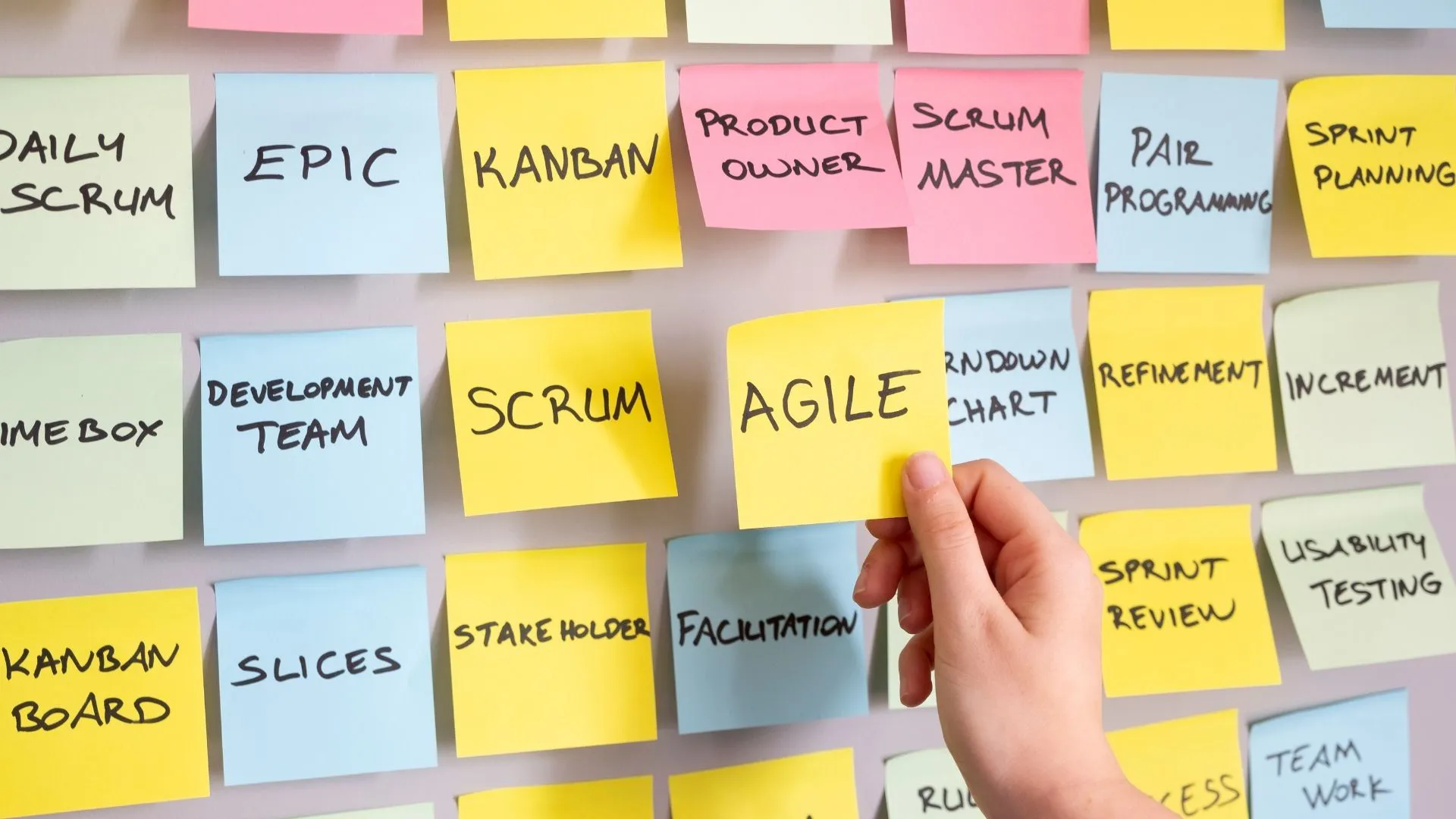
When we talk about Epics, we’re really talking about the big picture—those exciting projects or features that we want to bring to life. They help us decide what’s most important and where to focus our efforts.
But here’s the thing: Epics are too big to tackle all at once. That’s where breaking them down comes in. We take these big dreams and break them into smaller, more manageable tasks that we can tackle bit by bit. It’s like turning a big puzzle into smaller, easier-to-handle pieces.
And as we work on these smaller tasks, we’re always open to feedback and changes. Maybe something we thought was a great idea needs a tweak, or maybe we find a better way to do things along the way. Epics help us stay flexible and adapt as we go.
Ultimately, Epics are our guiding stars. They help us stay focused on what matters most, plan our journey, and adapt along the way—all while keeping our eyes on the big picture of what we want to achieve.
→ Get your free plan with ProductGo today: Agile User Story Map, Portfolio Roadmaps & Persona for Jira
How does an agile hierarchy work?
Hierarchy plays a fundamental role in organizing and managing work within Agile project management, providing a structured framework for prioritization and alignment. In the Agile context, hierarchy typically involves themes, epics, and user stories, each serving a distinct level of granularity and abstraction.
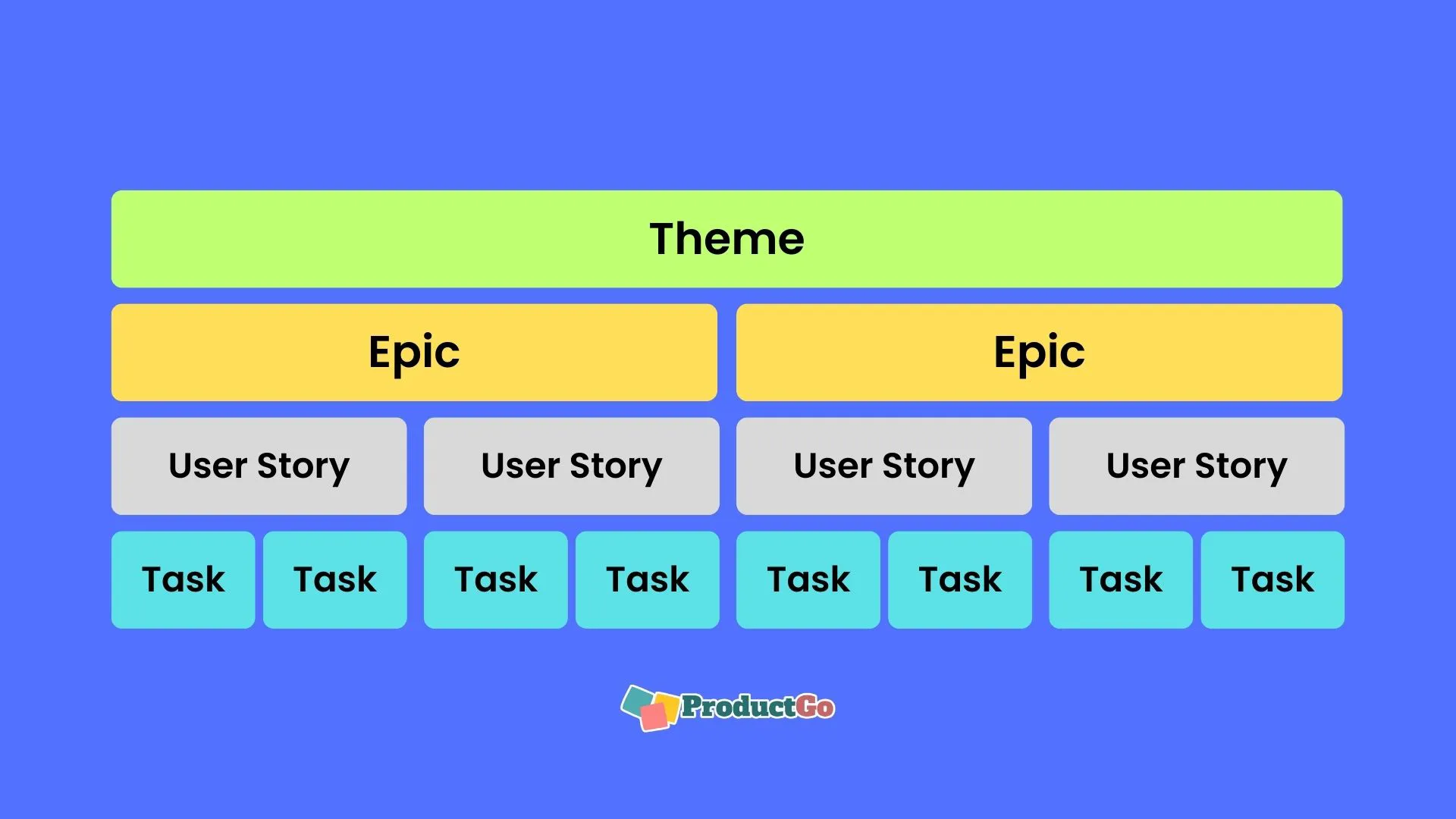
At the top of the hierarchy are themes, which represent broad areas of focus or strategic objectives for the project or product. Themes provide overarching guidance and direction, helping stakeholders understand the primary goals and priorities. They serve as the foundation upon which the rest of the hierarchy is built, guiding the organization and prioritization of work.
Beneath themes are epics, which encapsulate significant bodies of work that contribute to the broader themes. Epics represent substantial features, initiatives, or requirements that are too large to be completed in a single iteration or sprint. They provide a mid-level abstraction that allows teams to manage and prioritize work effectively within the context of specific themes. Epics serve as a way to break down complex initiatives into smaller, more manageable chunks that can be completed incrementally.
Finally, at the lowest level of the hierarchy are user stories. User stories represent the smallest units of work in Agile development, detailing specific features, functionalities, or requirements from an end-user perspective. They provide a granular level of detail that guides the implementation and delivery of features within the context of epics. User stories are typically small enough to be completed within a single iteration or sprint, allowing for rapid and iterative delivery of value.
The hierarchy of themes, epics, and user stories offers a structured approach to organizing and prioritizing work in Agile projects. It provides clarity and direction for teams, ensuring that their efforts are aligned with strategic goals and objectives. By breaking down work into manageable chunks at different levels of abstraction, the hierarchy enables incremental delivery, adaptability to changing requirements, and effective collaboration among team members and stakeholders.
What are the Benefits of Using the Theme-Epic-Story Development Framework?
The Theme-Epic-Story development framework offers several benefits in Agile project management:
Alignment with Strategic Goals: By organizing work into themes, epics, and stories, teams can ensure that their efforts are aligned with the strategic goals and objectives of the project or organization. Themes provide overarching focus areas, epics represent significant chunks of work that contribute to those themes, and stories detail the specific features or requirements that support the epics.
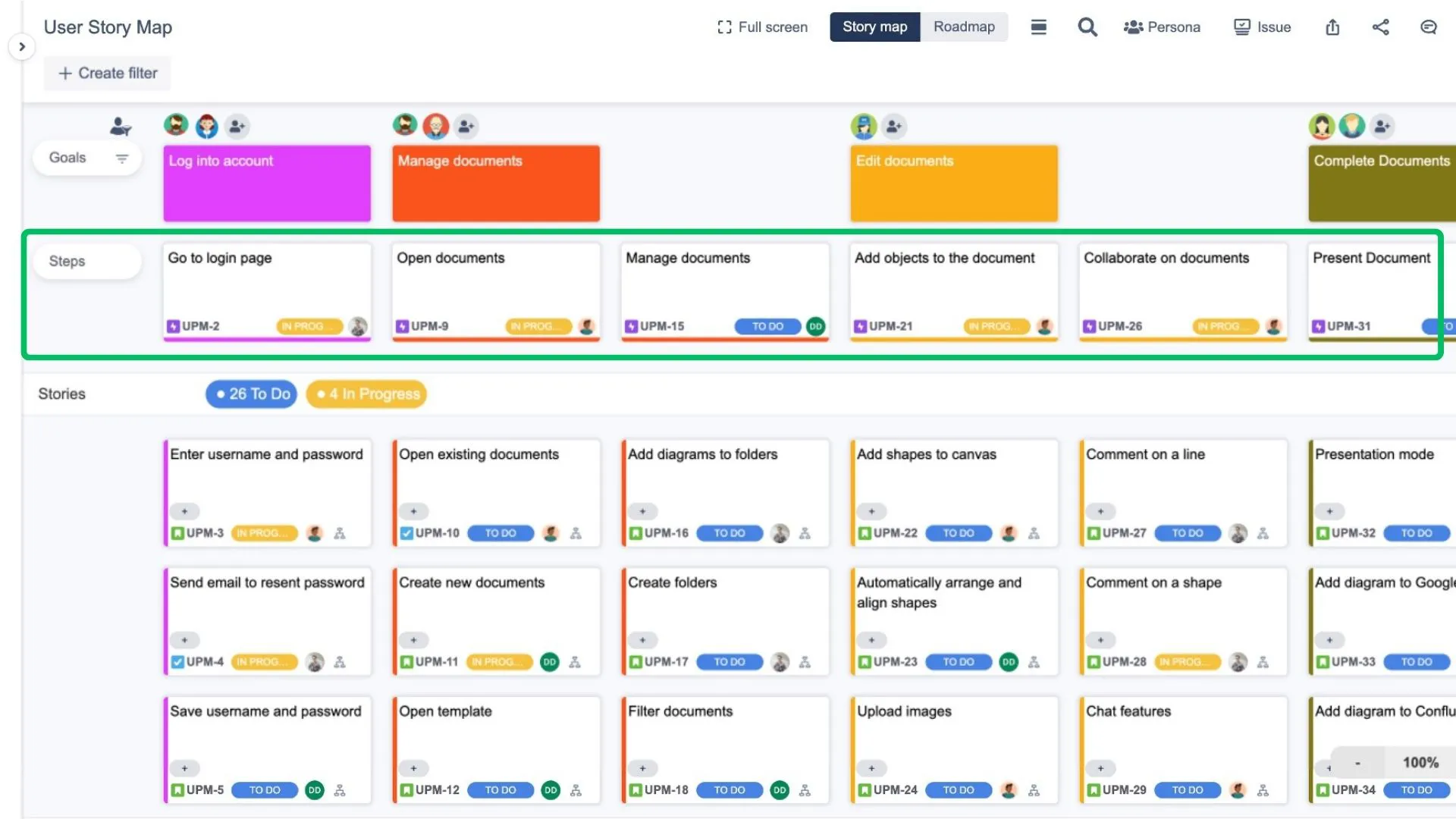
Clear Prioritization: The framework helps in prioritizing work by providing a hierarchical structure. Themes help in prioritizing broad areas of focus, epics allow for prioritization of larger initiatives within those themes, and stories enable granular prioritization of individual features or requirements. This clarity helps teams focus on the most important work and deliver value iteratively.
Scalability and Flexibility: The Theme-Epic-Story framework scales effectively from high-level strategic planning to detailed implementation. It accommodates projects of varying sizes and complexities, allowing teams to manage work at different levels of granularity. Additionally, the framework is flexible enough to adapt to changing requirements and priorities over time.
Improved Communication and Collaboration: The hierarchical structure of the framework fosters better communication and collaboration among team members and stakeholders. Themes, epics, and stories provide a common language for discussing and understanding the scope of work, enabling effective communication of project goals, progress, and dependencies.
Better Estimation and Planning: Breaking down work into smaller, more manageable pieces (stories) within epics facilitates more accurate estimation and planning. Teams can better assess the effort and complexity of individual stories, leading to more realistic sprint planning and delivery forecasts.
Enhanced Visibility and Transparency: By organizing work into themes, epics, and stories, the framework provides greater visibility and transparency into project progress and status. Stakeholders can easily track how work is progressing against strategic goals, identify any bottlenecks or dependencies, and make informed decisions based on real-time information.
Conclusion
Overall, the Theme-Epic-Story development framework offers a structured approach to Agile project management, enabling teams to align their efforts with strategic goals, prioritize work effectively, scale to meet project needs and deliver value iteratively.
Epics are an ideal way to:
- Improve the work organization
- Set up clear priorities
- Optimize the organization of a product backlog
Write a whole user story map more easily with AI! Explore here: Advanced Project Planning with AI User Story Mapping

